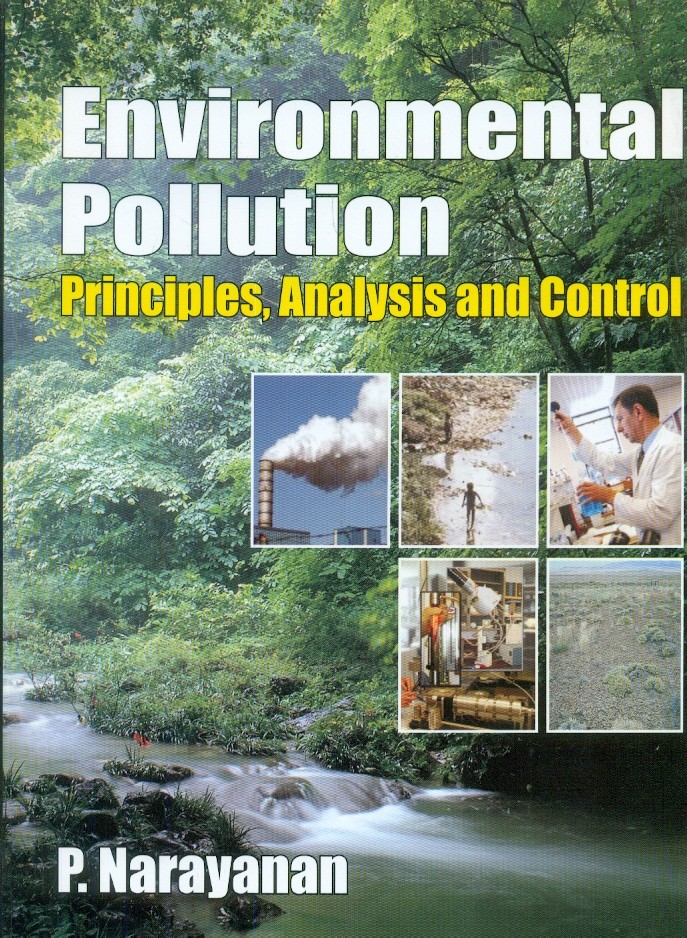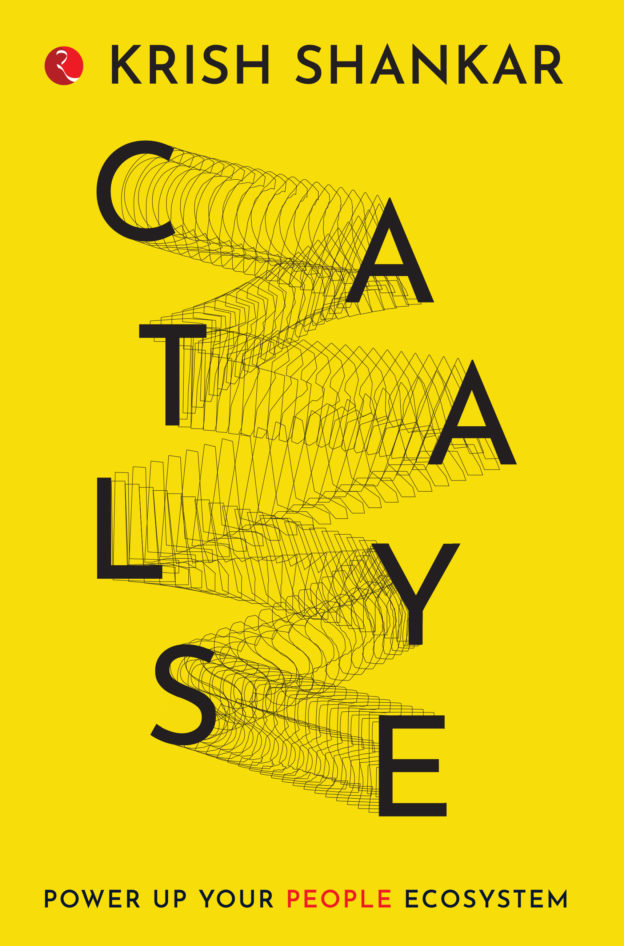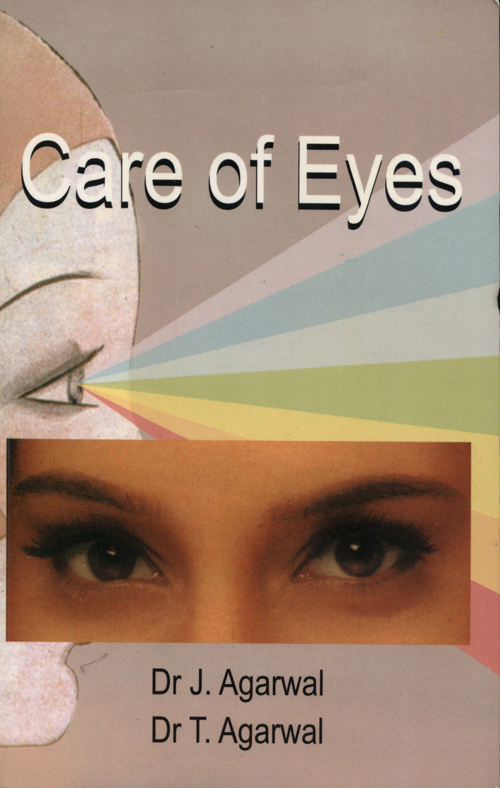Environmental Pollution Principles Analysis And Control (Pb 2018)
Availability :
In Stock
₹ 615.00
M.R.P.:₹ 750
You
Save: ₹135.00 (18.00% OFF)
(Inclusive
of all taxes)
Delivery:
₹ 0.00 Delivery charge
Author:
Narayanan P
Publisher:
cbs
Edition:
2nd
ISBN-13:
9788123914510
Publishing Year:
2018
No. of Pages:
671
Weight:
1kg 49g
Language:
English
Book Binding:
Paperback











